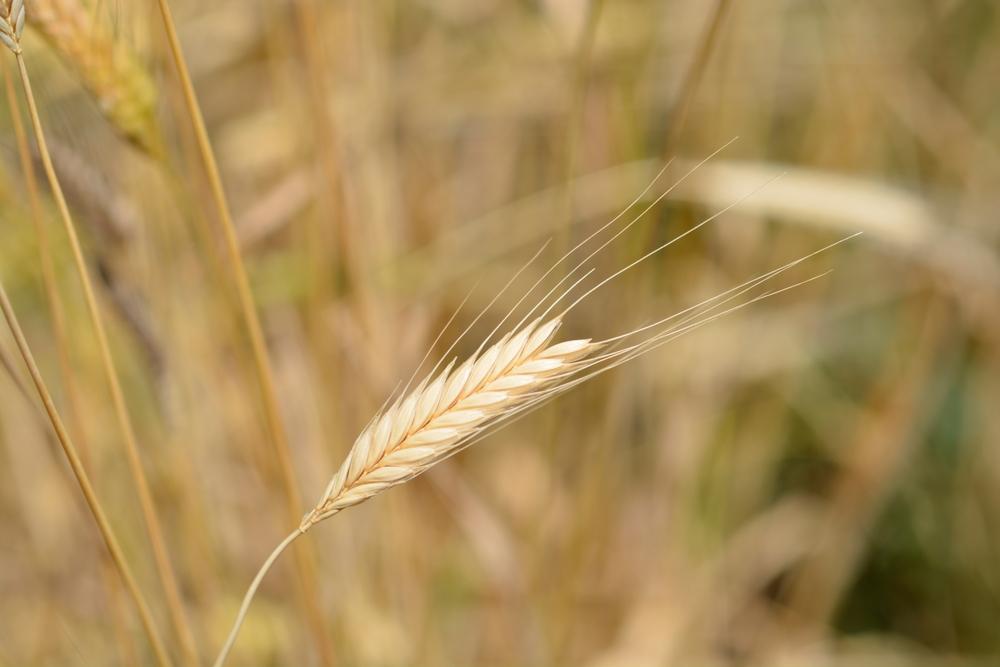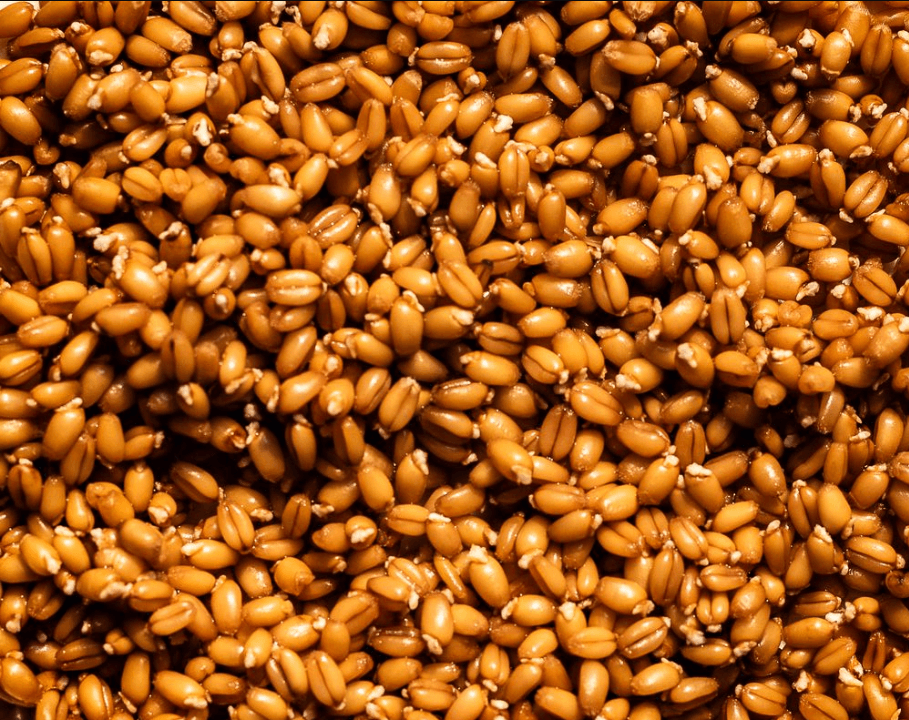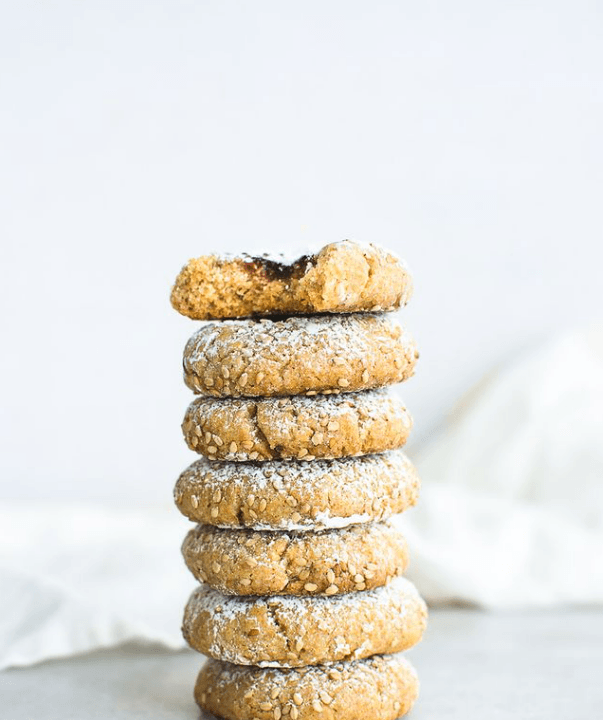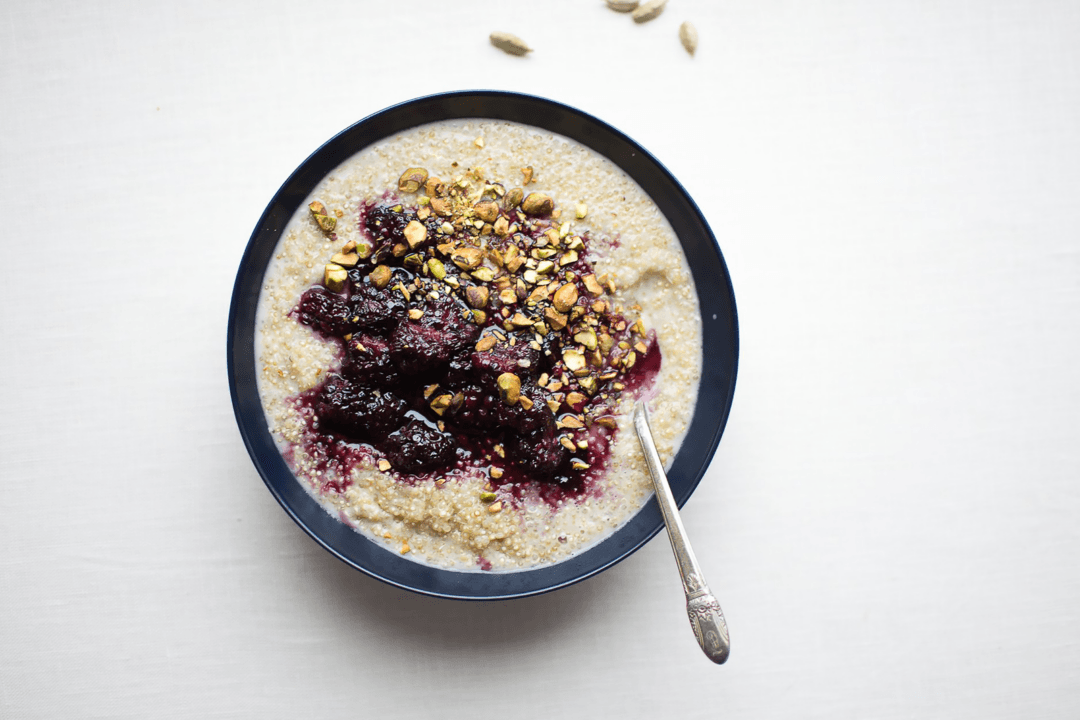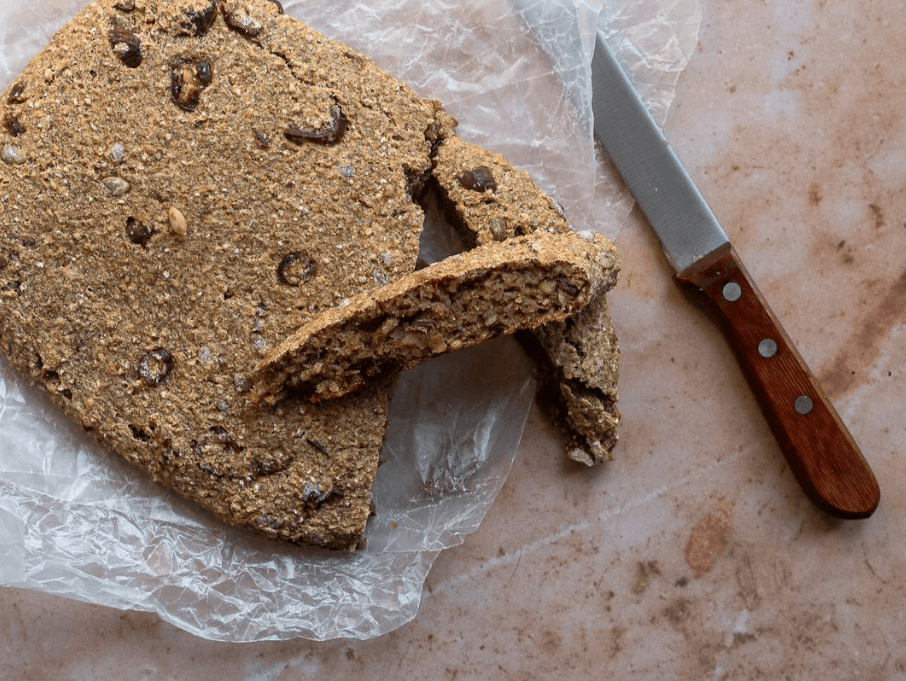More than 5,000 years ago, a man collapsed in the Tyrol mountains. Days earlier, he had escaped hand-to-hand combat, and he was nursing a severely injured hand. His pursuers caught up to him and shot him in the back with an arrow. It deeply pierced his flesh, shattering his shoulder blade, and he fell, bleeding to death among the cold mountain peaks.
He lay there, under sheets of ice, for thousands of years until his body was discovered in the fall of 1991. Scientists dubbed him Otzi the Iceman, and his body was so well preserved that researchers could piece together the sequence of events that led to his death, what he was wearing, and the contents of his last meal. An hour or two before he fell to that fatal arrow, he enjoyed a large meal of dried ibex, venison, fern, and an ancient variety of wheat called einkorn.

